From the light bulb to the internet, famous inventors have shaped our world with their incredible creations. In this article, we’ll uncover intriguing facts about these brilliant minds and the inventions that changed history. Discover the fascinating stories behind the innovations that continue to impact our daily lives.
Thomas Edison and the Phonograph
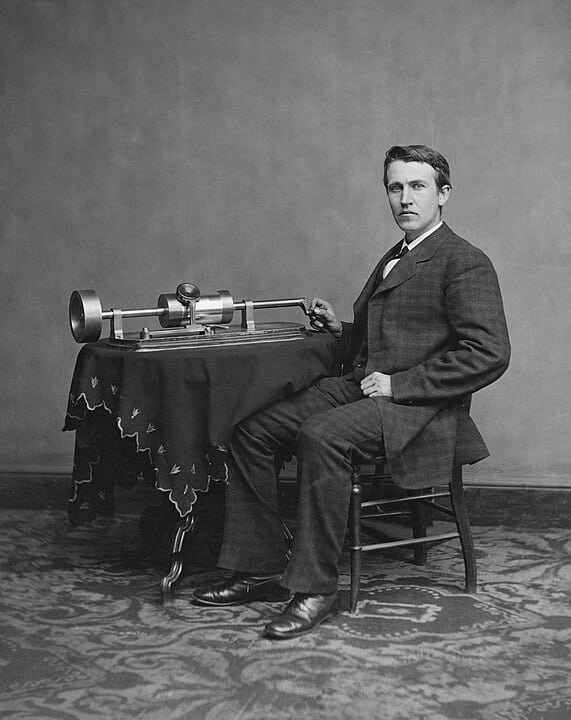
Thomas Edison, known for his prolific inventions, created the phonograph in 1877. This device was the first to record and reproduce sound, revolutionizing the music industry. Edison’s phonograph used a tinfoil-covered cylinder to capture sound vibrations, marking a significant leap in audio technology and paving the way for future advancements.
Nikola Tesla and the Tesla Coil
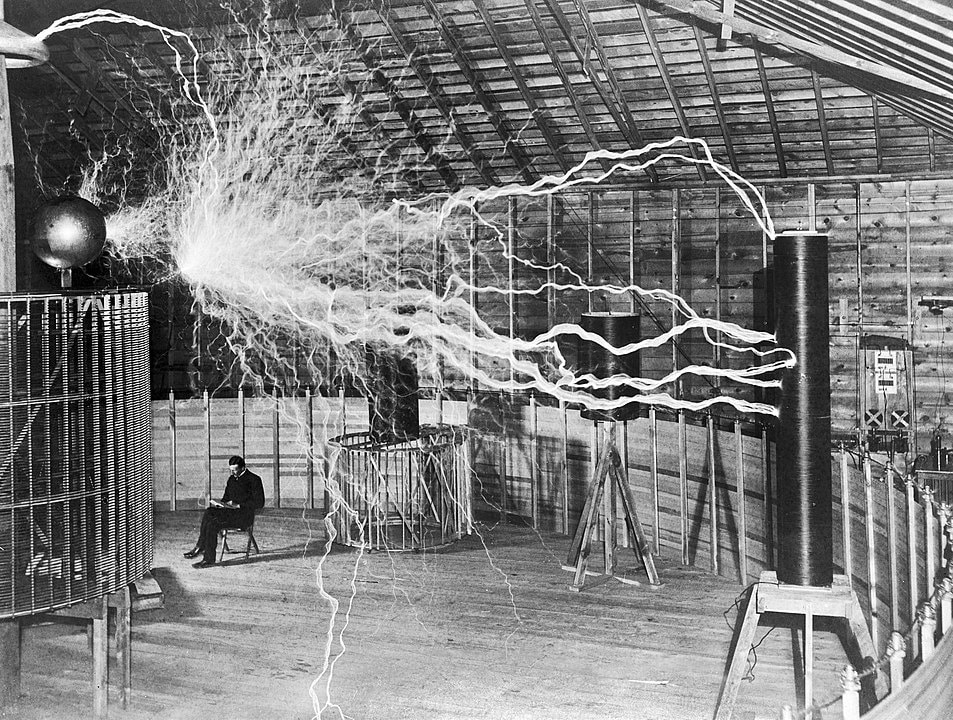
Nikola Tesla, a visionary inventor, developed the Tesla Coil in 1891. This high-voltage, high-frequency transformer was crucial in the development of wireless transmission of electrical energy. Tesla’s invention demonstrated the potential of alternating current (AC) systems, influencing modern electrical engineering and radio technology.
Alexander Graham Bell and the Telephone
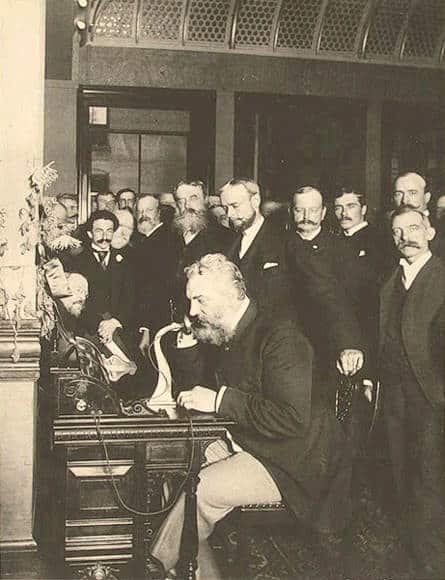
Alexander Graham Bell is celebrated for inventing the telephone in 1876. This groundbreaking device converted sound into electrical signals and back into sound, enabling voice communication over long distances. Bell’s invention transformed personal and business communication, leading to the global telecommunication network we rely on today.
The Wright Brothers and the Airplane
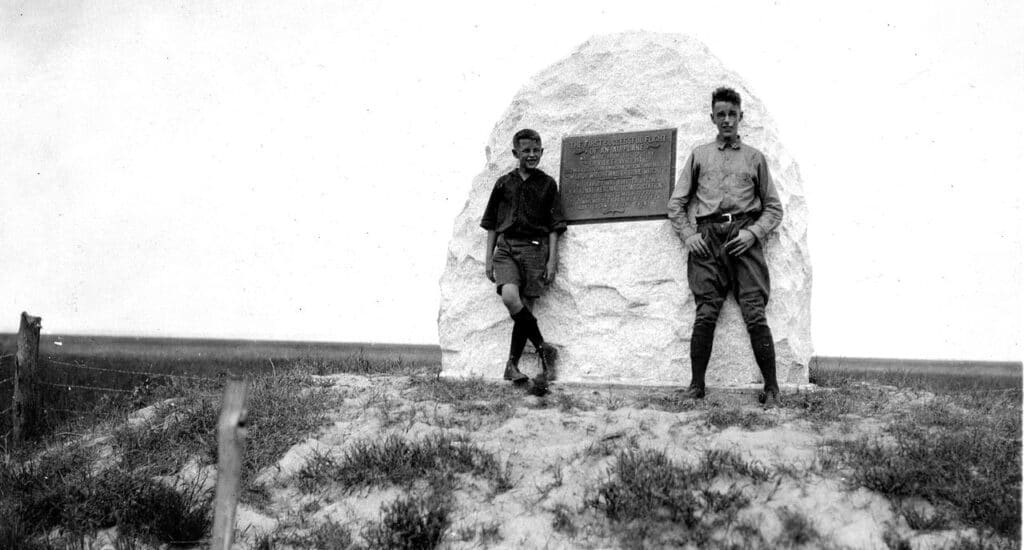
Orville and Wilbur Wright achieved the first controlled, powered flight in 1903 with their airplane, the Wright Flyer. Their innovative design included a three-axis control system, which allowed the pilot to steer the aircraft effectively. The Wright brothers’ success marked the birth of modern aviation and opened the skies to human exploration.
James Watt and the Steam Engine
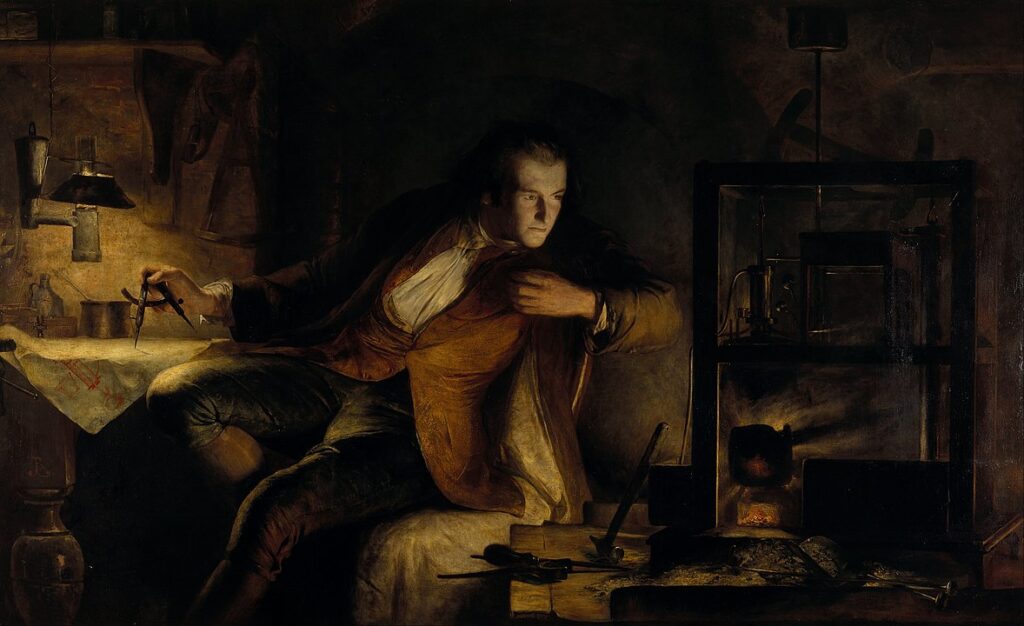
James Watt improved the steam engine in the late 18th century, making it more efficient and practical for industrial use. His enhancements, such as the separate condenser, significantly increased the engine’s power output and efficiency. Watt’s steam engine played a pivotal role in the Industrial Revolution, driving advancements in manufacturing and transportation.
Tim Berners-Lee and the World Wide Web
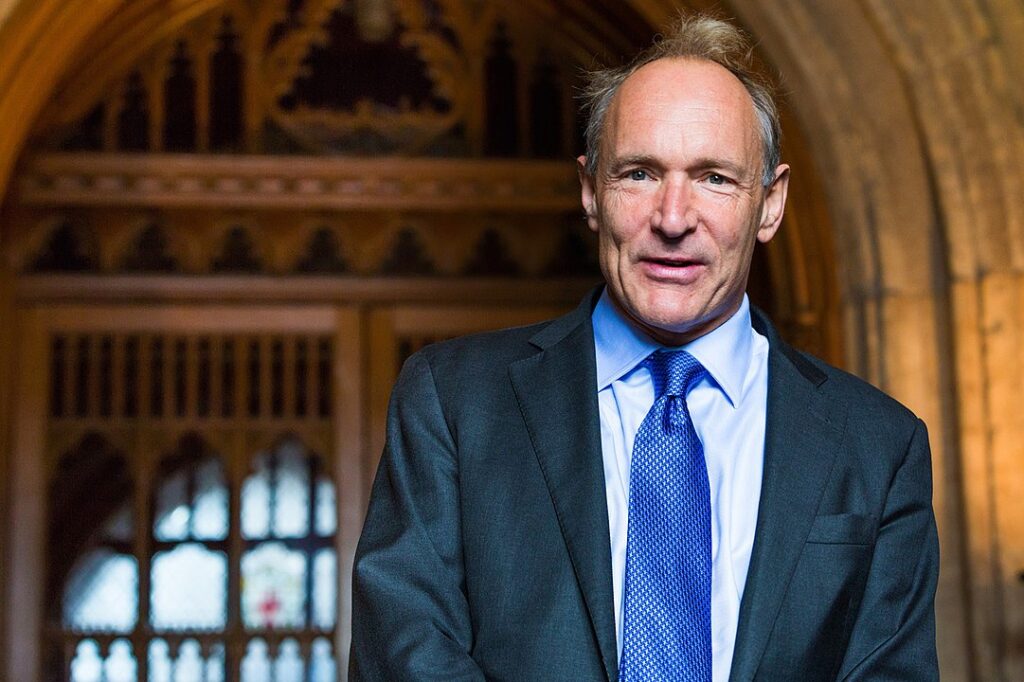
Tim Berners-Lee invented the World Wide Web in 1989 while working at CERN. His creation enabled the sharing of information over the internet using hypertext links and web browsers. Berners-Lee’s innovation revolutionized global communication, commerce, and access to information, making the internet an indispensable part of modern life.
Johannes Gutenberg and the Printing Press
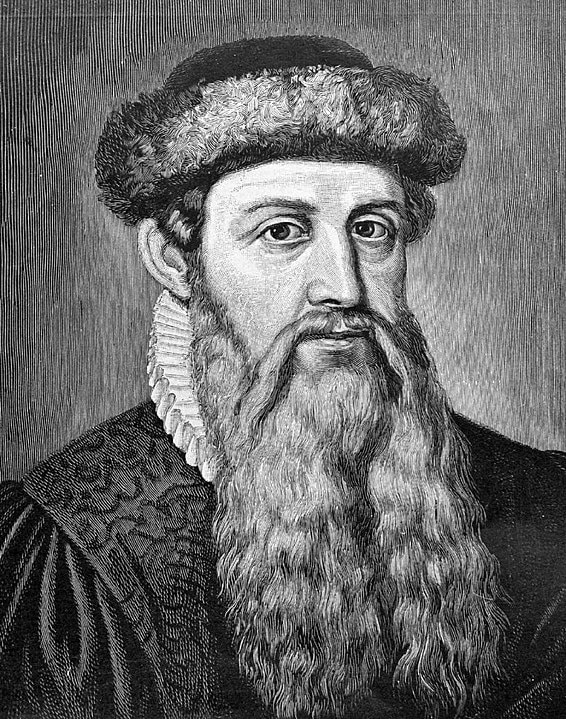
Johannes Gutenberg invented the movable-type printing press around 1440, which transformed the production of books and the dissemination of knowledge. Gutenberg’s press used individual metal letters that could be rearranged, making printing faster and more efficient. This invention democratized information, contributing to the spread of literacy and the Renaissance.
George Washington Carver and Crop Rotation
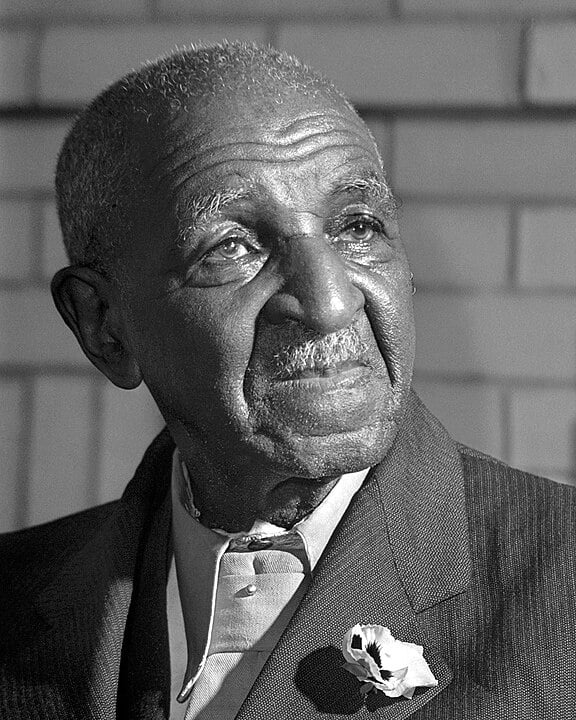
George Washington Carver, an agricultural scientist, promoted crop rotation and alternative crops such as peanuts and sweet potatoes in the early 20th century. His methods improved soil health and sustainability for farmers, particularly in the Southern United States. Carver’s innovations in agriculture helped diversify farming practices and improve food security.
Hedy Lamarr and Frequency Hopping Spread Spectrum
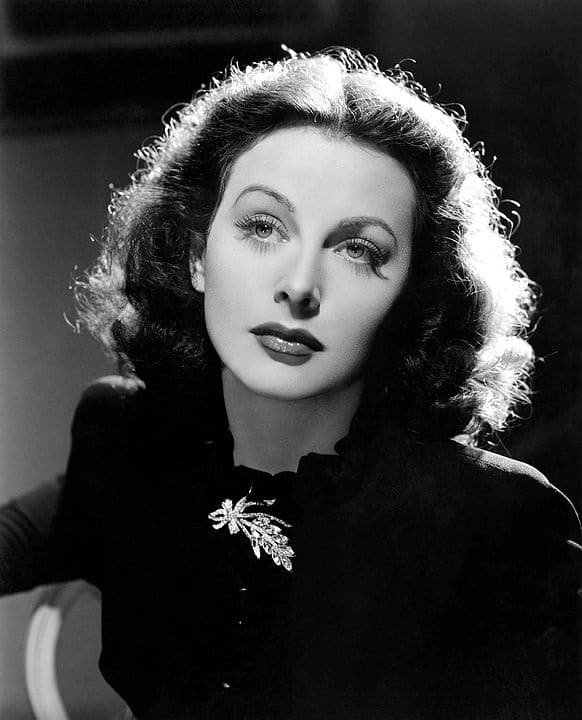
Hedy Lamarr, an actress and inventor, co-developed a frequency hopping spread spectrum technology in 1941. This innovation allowed radio signals to switch frequencies, making them harder to intercept. Originally intended for military communications, Lamarr’s invention laid the foundation for modern wireless technologies like Wi-Fi and Bluetooth.
Galileo Galilei and the Telescope
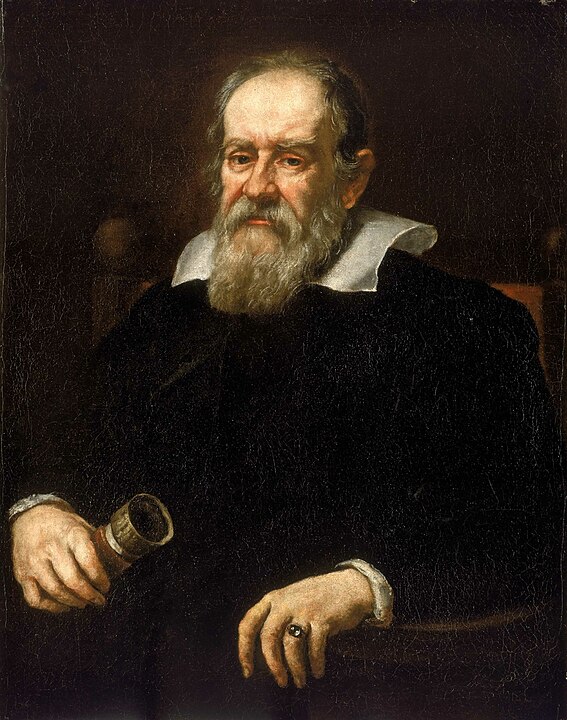
Galileo Galilei improved the telescope in 1609, allowing for greater magnification and clearer images of celestial bodies. His observations, including the moons of Jupiter and the phases of Venus, provided strong evidence for the heliocentric model of the solar system. Galileo’s work revolutionized astronomy and challenged long-held beliefs about the universe.
Marie Curie and Radioactivity
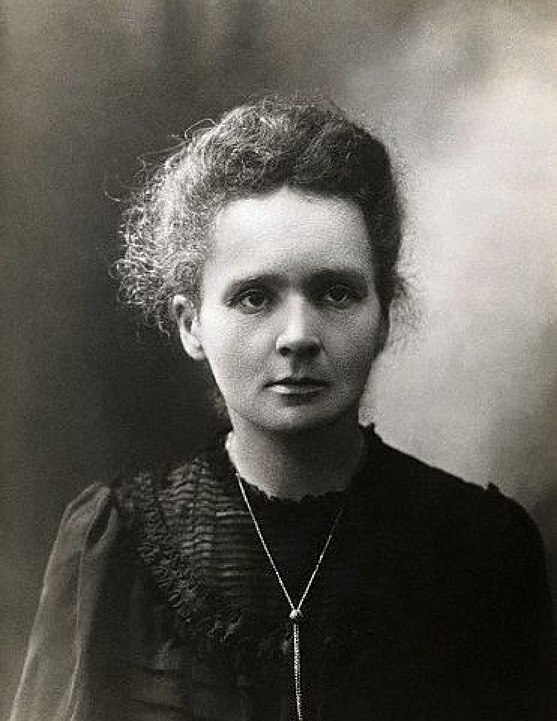
Marie Curie discovered radioactivity in the late 19th century, a groundbreaking achievement in physics and chemistry. Her research on radioactive elements, such as polonium and radium, led to significant advancements in medical treatments and our understanding of atomic structure. Curie’s work earned her two Nobel Prizes and left a lasting legacy in science.
Henry Ford and the Assembly Line
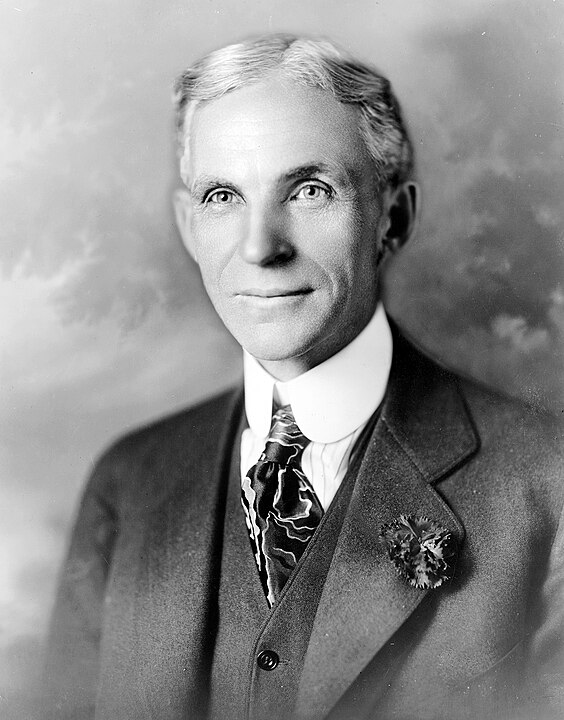
Henry Ford revolutionized manufacturing with the introduction of the assembly line in 1913. This method drastically reduced the time and cost of producing automobiles, making cars more affordable for the average person. Ford’s innovation not only transformed the automotive industry but also influenced manufacturing processes across various sectors.
Guglielmo Marconi and Wireless Telegraphy
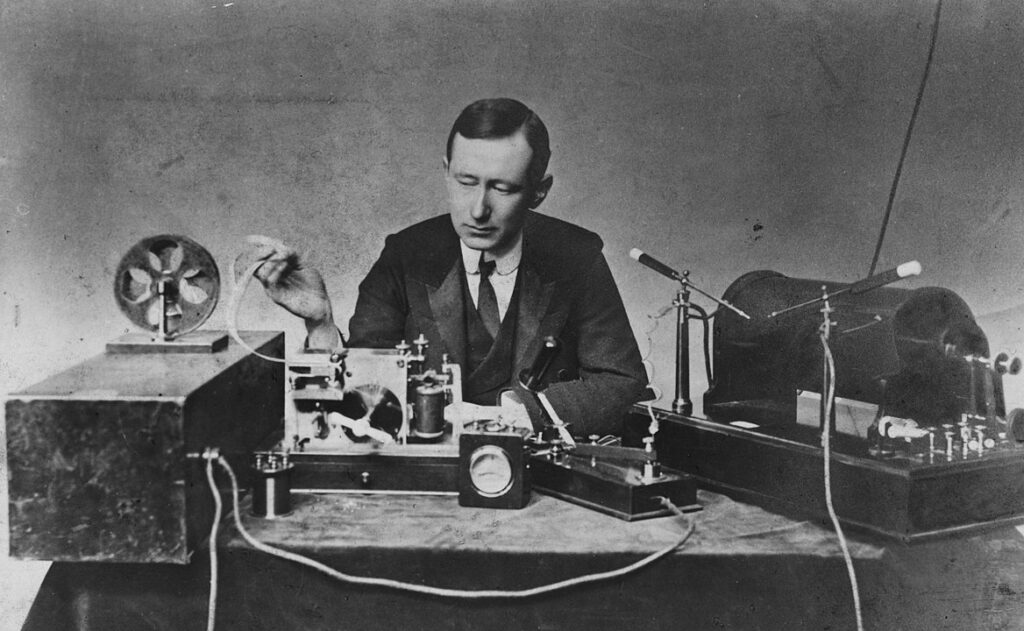
Guglielmo Marconi developed the first practical wireless telegraphy system in the late 19th century. His invention allowed for long-distance radio communication, which was crucial for maritime safety and international communication. Marconi’s work earned him the Nobel Prize in Physics and paved the way for modern radio and television broadcasting.
Leonardo da Vinci and the Parachute
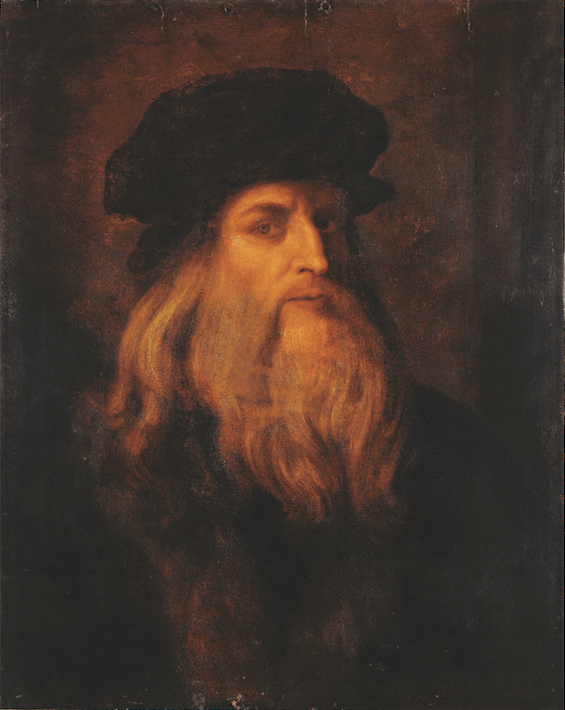
Leonardo da Vinci conceptualized the parachute in the late 15th century. His design featured a pyramid-shaped canopy that would slow a person’s descent from a height. Although da Vinci never built a working model, his ideas demonstrated a deep understanding of aerodynamics and inspired future developments in parachute technology.
Steve Jobs and the iPhone
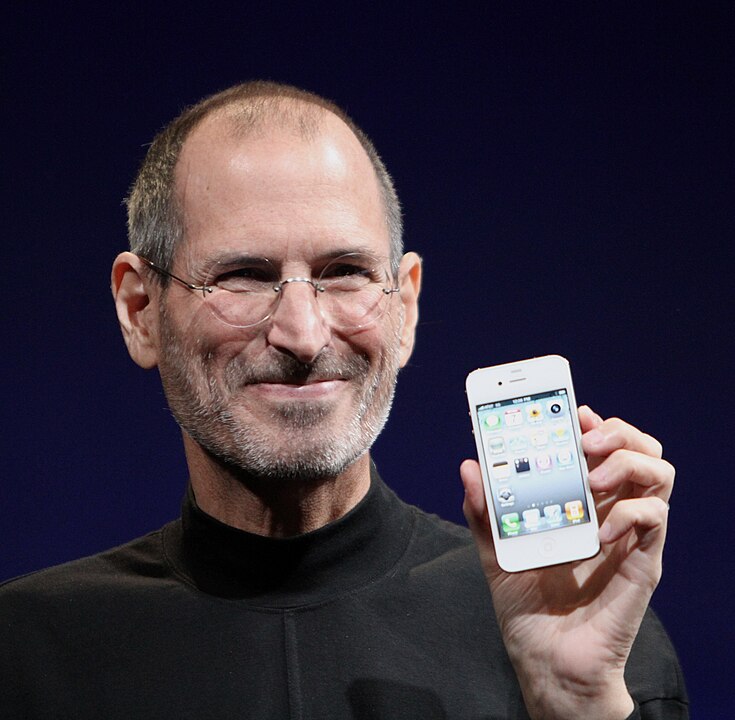
Steve Jobs, co-founder of Apple Inc., introduced the iPhone in 2007. This revolutionary device combined a phone, internet browser, and media player into one compact gadget. The iPhone’s sleek design, intuitive touchscreen interface, and extensive app ecosystem transformed the mobile phone industry and influenced countless other technologies.
Philo Farnsworth and the Television
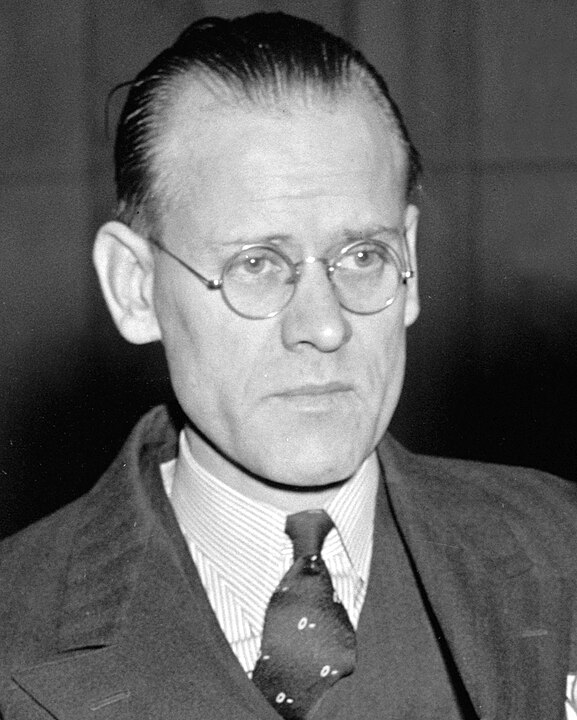
Philo Farnsworth invented the first fully electronic television system in the 1920s. His invention included a device called the image dissector, which converted images into electrical signals. Farnsworth’s work laid the foundation for the modern television industry, bringing visual entertainment and information into homes worldwide.
Alexander Fleming and Penicillin
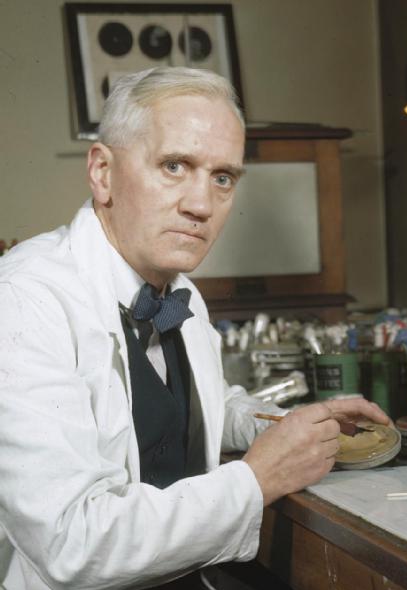
Alexander Fleming discovered penicillin in 1928, the first antibiotic that could effectively treat bacterial infections. This groundbreaking discovery revolutionized medicine, saving countless lives and leading to the development of other antibiotics. Fleming’s work earned him a Nobel Prize and marked a new era in medical treatment.
Garrett Morgan and the Traffic Signal
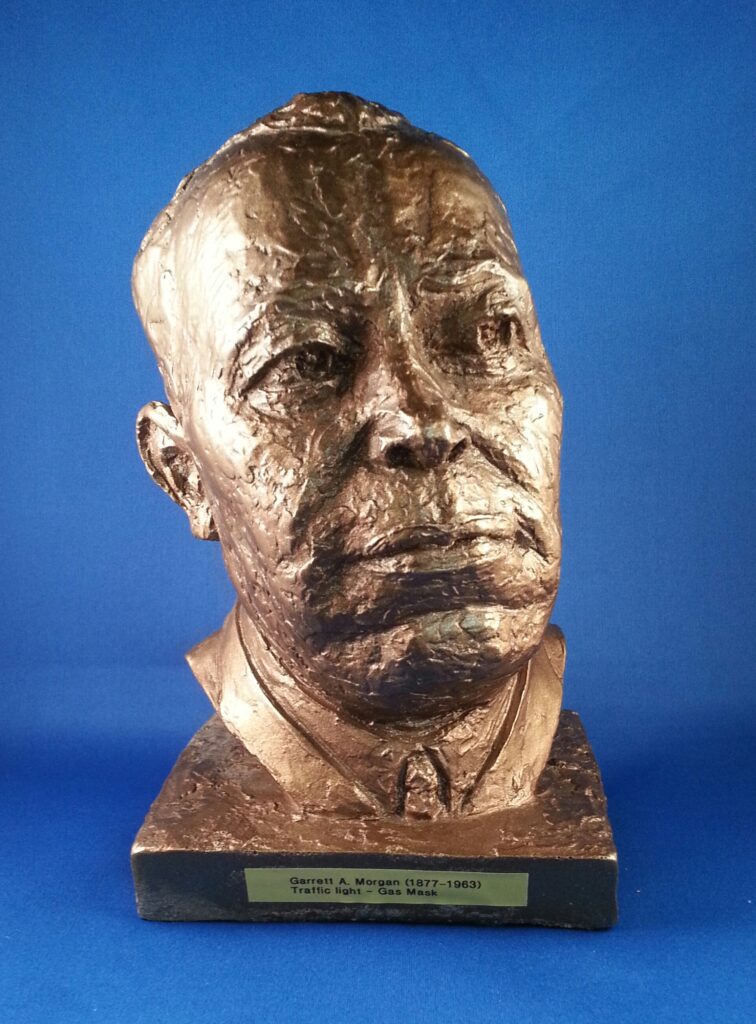
Garrett Morgan invented the three-position traffic signal in 1923. His design included a “warning” position, which helped reduce accidents by giving drivers time to stop. Morgan’s traffic signal greatly improved road safety and efficiency, influencing the development of modern traffic control systems used worldwide.
Samuel Morse and the Telegraph
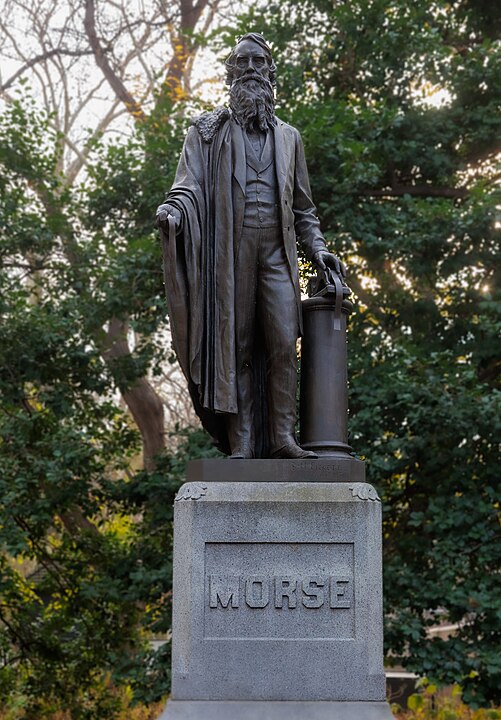
Samuel Morse developed the telegraph and Morse code in the 1830s and 1840s. This invention allowed for the rapid transmission of messages over long distances using electrical signals. Morse’s telegraph revolutionized communication, enabling faster and more reliable exchange of information across continents.
Louis Pasteur and Pasteurization
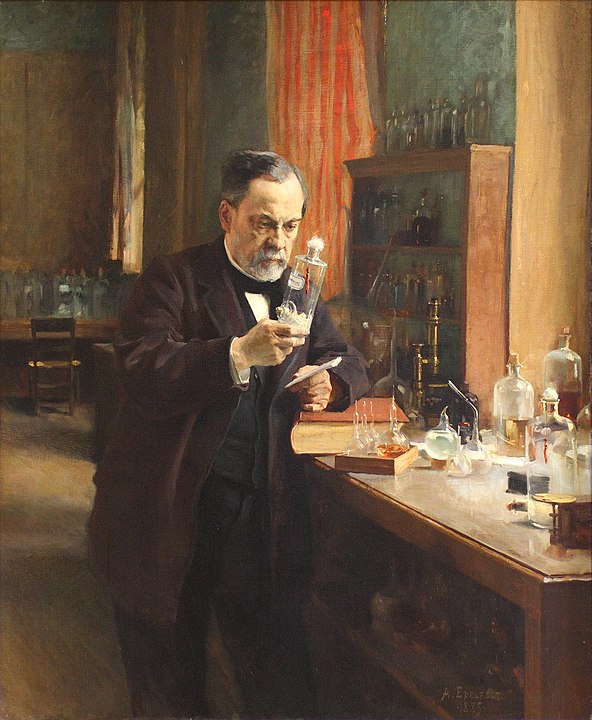
Louis Pasteur developed the process of pasteurization in the 19th century. This method involves heating liquids, such as milk, to a specific temperature to kill harmful bacteria without affecting the taste. Pasteur’s innovation greatly improved food safety and shelf life, having a lasting impact on the dairy industry and public health.
Thomas Newcomen and the Atmospheric Engine
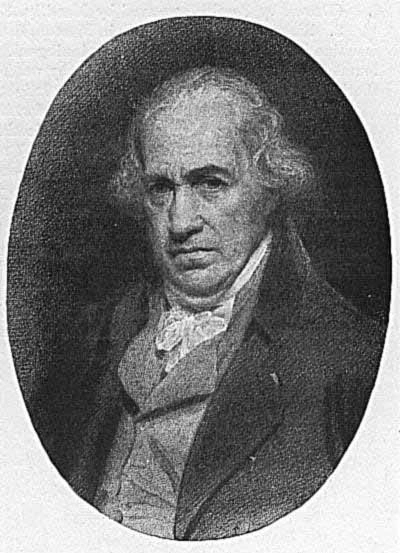
Thomas Newcomen invented the atmospheric engine in 1712, an early steam engine used to pump water out of mines. This engine used atmospheric pressure to drive a piston, making it a crucial development in the Industrial Revolution. Newcomen’s work laid the groundwork for more advanced steam engines that powered factories and transportation.
John Logie Baird and the Mechanical Television
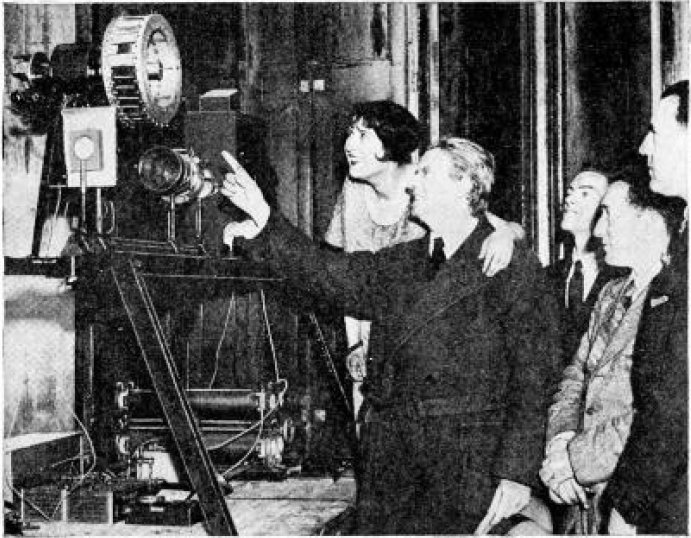
John Logie Baird demonstrated the first working television system in 1926. His mechanical television used spinning discs to capture and display images, a precursor to modern electronic televisions. Baird’s innovation brought the concept of television into reality, influencing the development of future broadcast technologies.
Elon Musk and the Tesla Electric Car
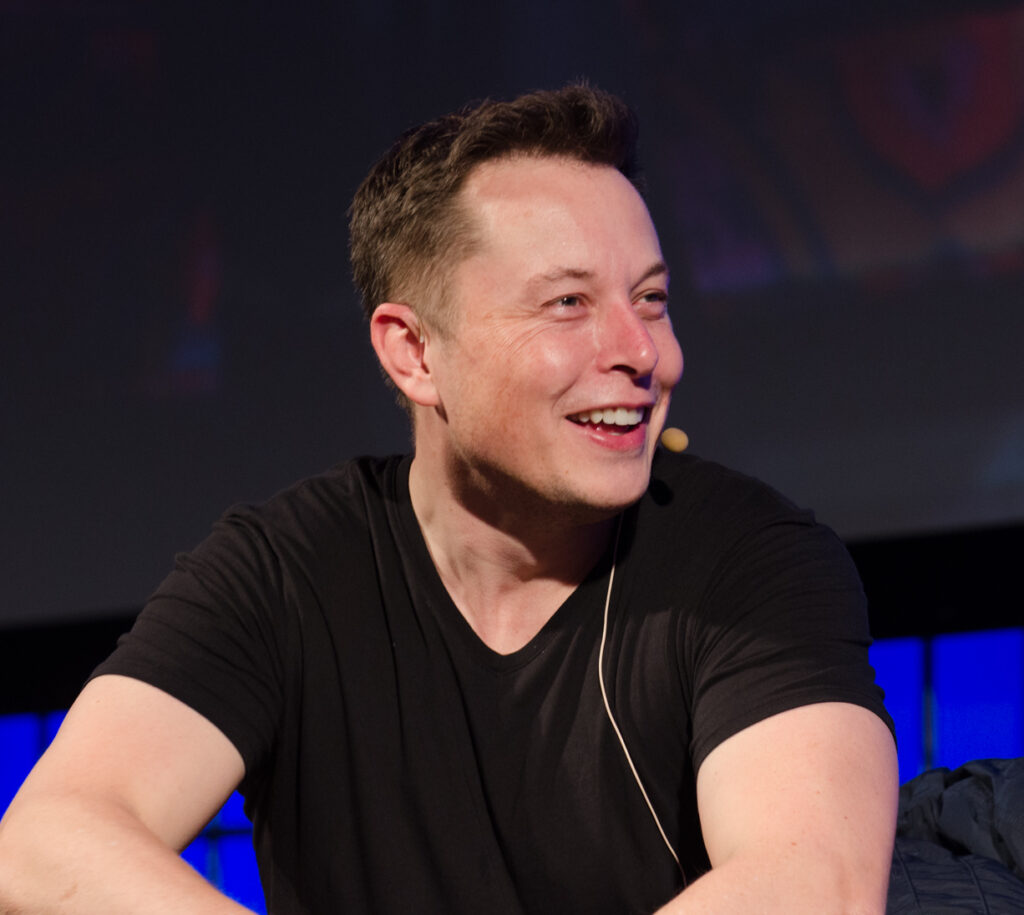
Elon Musk, co-founder of Tesla Inc., revolutionized the automotive industry with the introduction of the Tesla electric car. The Tesla Model S, launched in 2012, featured a long-range electric battery, high performance, and advanced autonomous driving capabilities. Musk’s vision for sustainable transportation has pushed the boundaries of electric vehicle technology and influenced the entire automotive market.
This article originally appeared on UnifyCosmos.
More from UnifyCosmos
20 Family Codes That Strengthen Relationships

Discover how these rules, although not explicitly stated, play a vital role in fostering understanding and closeness among family members. Read more!
22 Skincare Myths Busted by Experts

This article debunks 22 common skincare myths, guided by expert insights. It aims to clarify misconceptions, from SPF usage to moisturization needs, providing readers with scientifically backed advice for optimal skin health. Read more!
23 Crucial Relationship Red Flags to Recognize

This article serves as a valuable guide to help individuals identify and address these red flags, empowering them to cultivate healthier and more fulfilling partnerships. Read more!
Leave a Reply